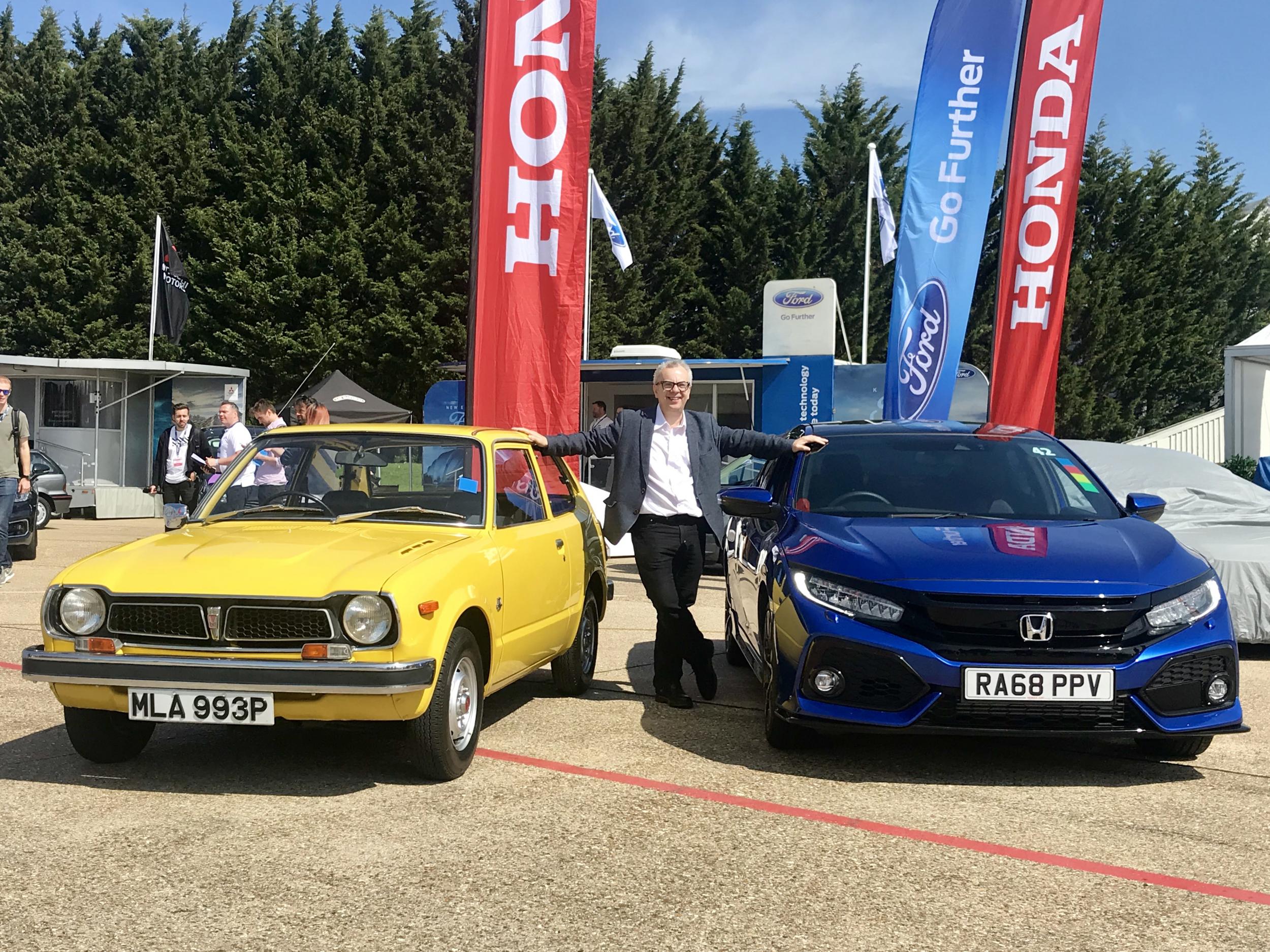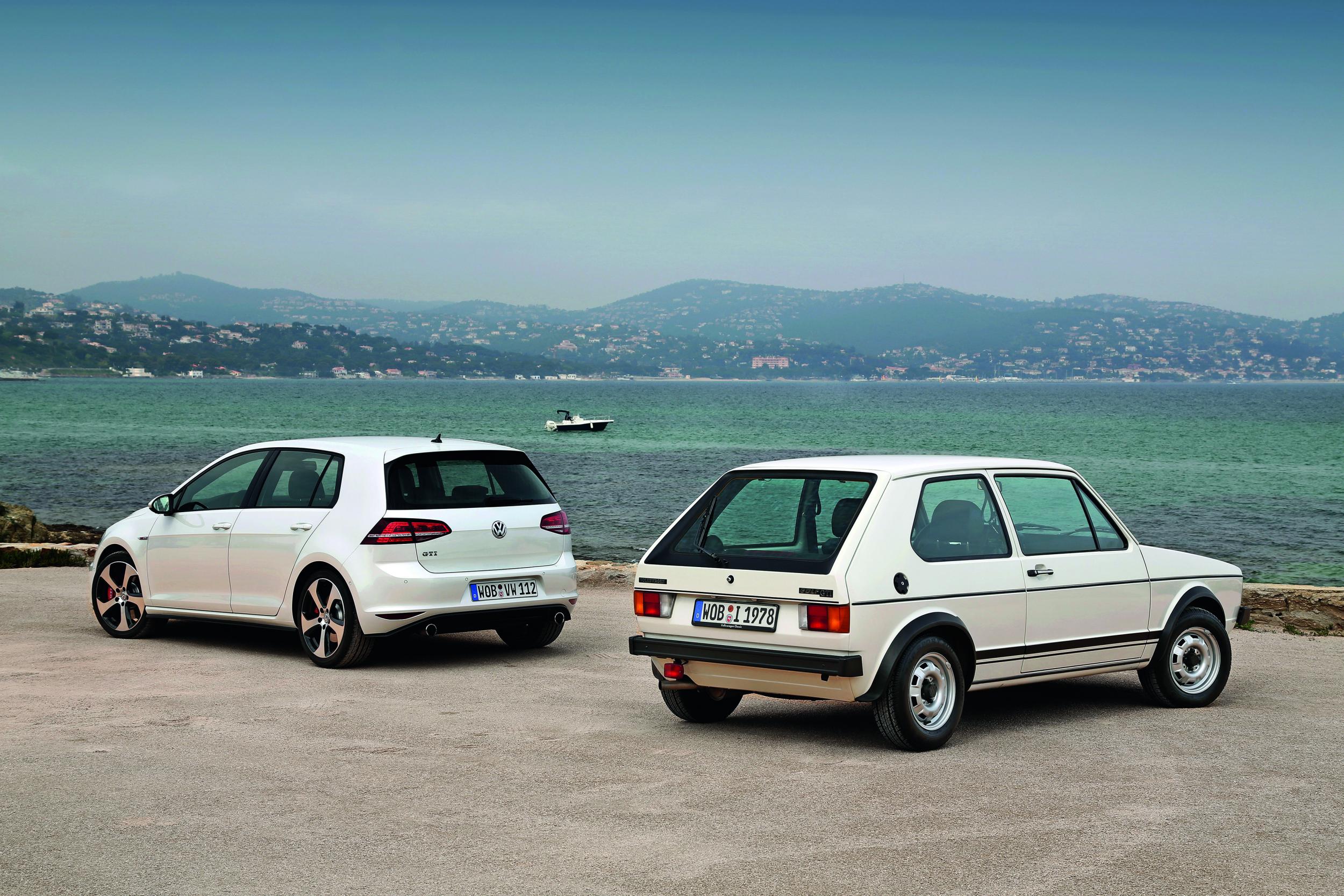After 40 years of costly motoring, what have the carmakers ever done for us?
Absolutely nothing, moans Sean O’Grady, apart from the driver’s airbag, satnav, reversing cameras, better fuel economy, reduced CO2, Advanced Emergency Braking, collision warning...

After decades of often well-deserved bad publicity, the latest of which was of course the famous VW “dieselgate” scandal, the Society of Motor Manufacturers and Traders (SMMT), the main trade body in the UK, has asked that the media and public cut the car companies a little slack.
At a special event reviewing decades of advances in vehicle design, the SMMT point out the astonishing improvements in safety, economy, sophistication, reliability, handling, value for money, fuel consumption, technology – and pollutant emissions that have taken place over the last 40 years or so.
Milestone innovations over the period include the rollout of airbags, GPS satnav, reversing cameras, Anti-Lock Braking systems (ABS), Electronic Stability Control (ESC), hybrid petrol/electric powertrains and Advanced Driver Assistance Systems (ADAS) – the first steps to autonomous driving where a car can help keep its speed and distance from other vehicles, stay in lane, and brake automatically in an emergency.
More prosaically, the Ford Fiesta of 1979 would return around 30mpg; its larger, safer, faster and vastly more refined descendant will give its owner about double that. In terms of purchase price, a rough estimate shows that today’s equivalent vehicles are marginally cheaper than their grandparents – but, then again, that takes no account of the improvements in quality, equipment, durability and performance made over the years. Thus a Fiat Strada of the late 1970s – usually prone to rust – would set back its owner some £15,128 (adjusted for inflation), as against the 2019 Fiat Tipo’s list price of £14,905.
From the driver’s airbag, introduced in 1981 and originating in the US as an alternative to the seat belt, to the first appearance of electronic stability control in 1995, and reversing cameras in the 2000s, the advances in systems designed to protect drivers, passengers and other road users have been extraordinary.
Safety is the number one priority for many car manufacturers, and the latest ADAS such as Advanced Emergency Braking and collision warning are now available on the majority of new cars, helping to prevent accidents and save lives. Such features were the stuff of science fiction back in the 1970s.

Emissions performance has also improved dramatically over the years – it would take 50 new cars to produce the same amount of pollutant emissions as one vehicle built in 1970. From catalytic converters, widely introduced to reduce carbon monoxide in 1993, to diesel particulate filters, which capture 99 per cent of soot particles, in 2011, and selective catalytic reduction systems, which convert NOx into nitrogen and water in 2015, progress has been astounding. Dieselgate and other scandals have rightly been troubling, but it is as well to set them in some sort of perspective.
Enormous strides have also been made in reducing carbon dioxide emissions, for the benefit of the planet as a whole, with average new car CO2 production down by about 30 per cent since 2000 – a statistic aided by the trend to diesel for most of that time. Lightweight materials, including aluminium and carbon fibre, aerodynamic designs, turbocharging, engine downsizing and technologies such as direct fuel injection and stop-start – which cuts the engine when the vehicle is stationary and is now fitted to four out of every five cars sold – have all helped deliver huge fuel efficiency gains and cleaner air than would otherwise be the case. Of course no car will ever be as efficient as public transport, but that is a matter of government policies and the preferences of private citizens.
Thus, a new car gets you almost 50 per cent further on a litre of fuel than it did in 2000, helping consumers save money and reduce their environmental impact.
Furthermore, where once there was a limited choice of powertrains and transmissions, today there is something to suit every driving need, with a range of manual and automatic gearboxes on everything from low emission petrols and diesels, to ultra-low emission hybrids and plug-ins, zero tailpipe emission pure electric and hydrogen fuel cell vehicles.
Radical changes have also happened inside the car, with today’s cabins almost unrecognisable from those 40 years ago. From the first cassette players in the Seventies and in-dash CD players and centre console carphones in the mid-Eighties, to GPS satnav and Bluetooth, the driver experience has improved immeasurably. Today, the smartphone revolution and internet connectivity has led to the introduction of integrated systems such as Apple CarPlay and Android Auto, allowing drivers to safely access music, maps and services via their phones.
Innovation continues apace. Over the next decade, the rollout of a new generation of connected and autonomous cars will revolutionise our roads and society.
By 2030, it’s estimated that 47,000 accidents will be prevented and 3,900 lives saved, helping to deliver an annual £62bn boost to the UK’s bottom line.
Mike Hawes, SMMT chief executive, says: “While George Jetson’s flying car might still be some way off, the next 40 years will see a seismic shift in automotive innovation.”
Join our commenting forum
Join thought-provoking conversations, follow other Independent readers and see their replies
Comments